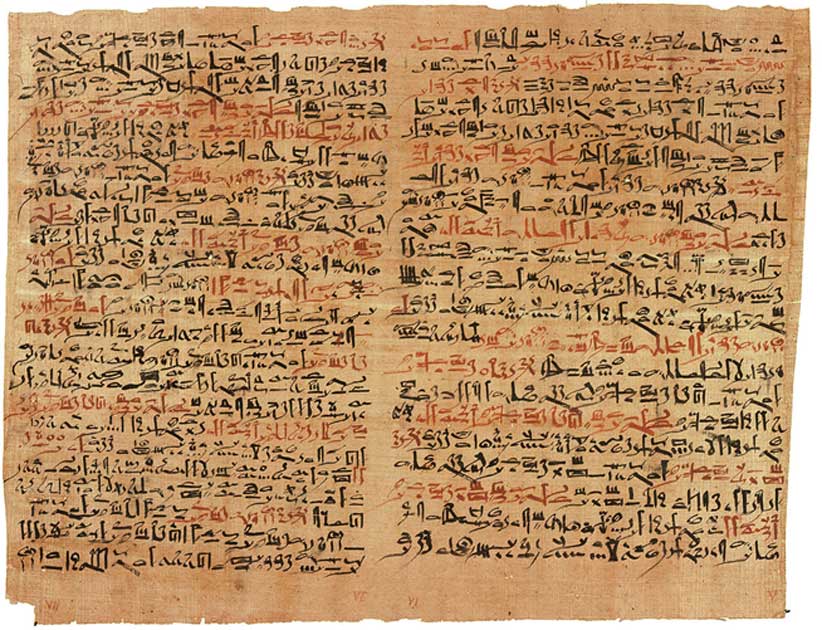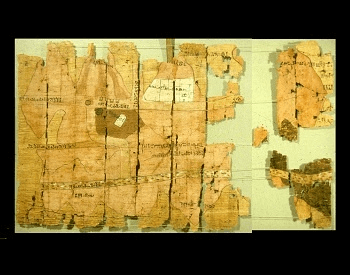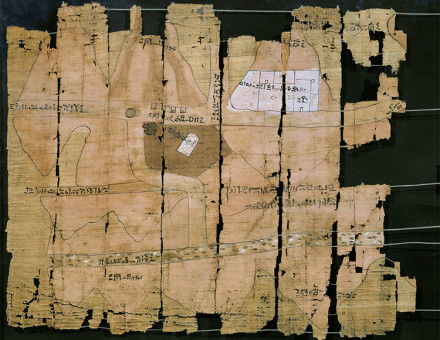


Most of these fragments were eventually recombined to formĪ single map about 280 cm long by 41 cm wide ( Figure 2). Parts of three separate papyri that were designated as ‘Papyrus or P. The many map fragments were originally considered In 1824, this kingĮstablished the Egyptian Museum in Turin, the kingdom’s capital, and here the Northern Italian Kingdom of Sardenia and Piedmont. SoonĪfter it was found, the map was sold to king Charles Felix, ruler of the Kingdom (1539-1075 BC) in the nearby Valley of Kings and Valley of Queens. Responsible for excavating and decorating the royal tombs of the Egyptian New Of Luxor (ancient Thebes) in Egypt ( Figure 1). Private tomb in the ancient village of Deir el-Medina, near the modern-day city 100.Scroll of papyrus paper was discovered between 18 by agents ofīernardino Drovetti, the French Consul General in Egypt.

I, The image of mś.w Bdšt in ancient Egyptian mythology (Archaeopress Egyptology 16), Oxford, p. Studies on the vignettes from chapter 17 of the Book of the Dead. Strudwick, 'Masterpieces of Ancient Egypt' (London, 2006), 218-21. 'Egyptian Treasures' (Shanghai, 1999), pp. Freed, 'A Divine Tour of Ancient Egypt' (Memphis, 1983), pp. The next sheet of the papyrus he is shown being led by Horus into the presence of Osiris, the lord of the Afterlife himself. It would be very satisfying if one could be certain of recognizing, in the composition of this part of Ani's papyrus, the hand of a single artist-scribe. Instead, we find a similarly confident freedom of line and the application of free-drawn detail, even though the text does contain errors and corruptions. The figures, especially those of Ani and Tutu, are executed with consummate confidence, while the scribal artist seems only marginally to observe the common devotion of the Egyptian artist to preliminary drawing. In this case, the various figures are so neatly integrated with the columns of text that at the very least a close liaison between text-scribe and artist-scribe must be postulated. It may be that one scribe was responsible for the whole production. In the simplest way, the texts could be written by a scribe skilled in the special forms of script used for the 'Book of the Dead', while the vignettes may have been drawn and painted by a different artist-scribe, or even by a small team of similar specialists. It is not known how the layout, incorporating text and figures, may have been composed. All, it seems, goes well for Ani he has qualified for the Afterlife.Ĭurator's comments The necessary texts and the illustrative elements of this crucial episode in Ani's judgment are most skillfully set out, rather generously, in the available space on the papyrus. They enter from the left, bending forward in proper humility, and Ani mutters the words of Spell 30B of the 'Book of the Dead', which are addressed to his heart in the balance. Into this formidable gathering comes Ani, accompanied by his wife Tutu. Ani's soul or 'ba' bird, which will allow him freedom of movement in and out of the tomb after death, perches on a shrine-shaped building, ready to be released if judgment is given in Ani's favor. Other deities observe the proceedings: to the left of the balance, Shay (fate) and, strangely, two birth goddesses, Renenutet and Meskhenet. At the top of the scene the great gods of Egypt are shown, formally seated on thrones, waiting to deliver judgment: Ra-Horakhty, Atum, Shu, Tefnut, Geb, Nut, Isis and Nephthys, Horus and Hathor, joined by gods personifying the divine word (Hu) and perception (Sia). This creature has the head of a crocodile, the forepart of a lion, and the hindquarters of a hippopotamus. On a mat behind Thoth sits a monster ready to spring forward to consume Ani's heart if he fails to pass the test. To the right of the balance stands Thoth, here in human form with ibis head he is the scribe of the gods, and he holds a scribe's palette and a reed brush, ready to note down the results of Ani's interrogation. The god Anubis, here shown as a jackal-headed, human-bodied, kneeling deity, described as "he who is in the place of embalming," holds the cord of the right-hand pan, and steadies the plumb bob of the balance. This creature is a form of the god Thoth, who acts in a different form and with a different duty elsewhere in this "trial". The crossbar of the balance hangs from a feather-shaped peg attached to the upright support, on the top of which squats a small baboon. Centrally placed is a balance, holding in its two pans Ani's heart (on the left) and a feather (on the right) representing Maat, the divine personification of truth and order. 'Book of the Dead', Papyrus of Ani (frame 3): Ani's Judgment: the scene is the Hall of Judgment.


 0 kommentar(er)
0 kommentar(er)
